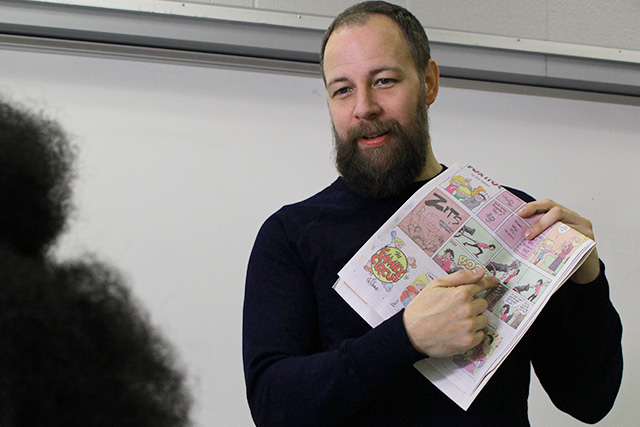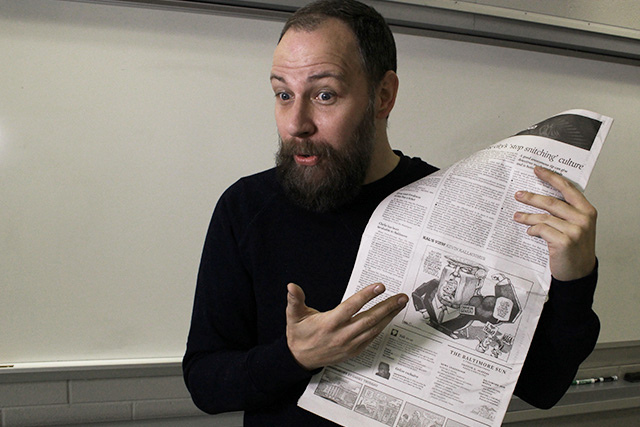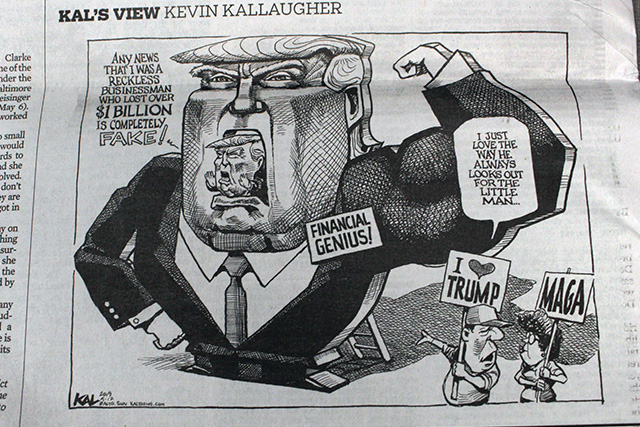Learn It
Analyzing Historical Sources
Before we dive into political cartoons, we should probably review how to analyze historical sources. Mr. Lexington taught us a primary source analysis process that’s designed to get us thinking deeply and asking questions about our sources.
Let’s take a minute to walk through each step of how to analyze primary sources.
Wait! You’re not done yet! After you’ve gone through the three steps, you can go back to step one and see if you have any new observations!
Features of a Political Cartoon
Now that we have reviewed how to analyze a historical source, let’s ask Mr. Lexington for help and take a look at those cartoons together. Mr. Lexington, can you explain what a political cartoon is?














